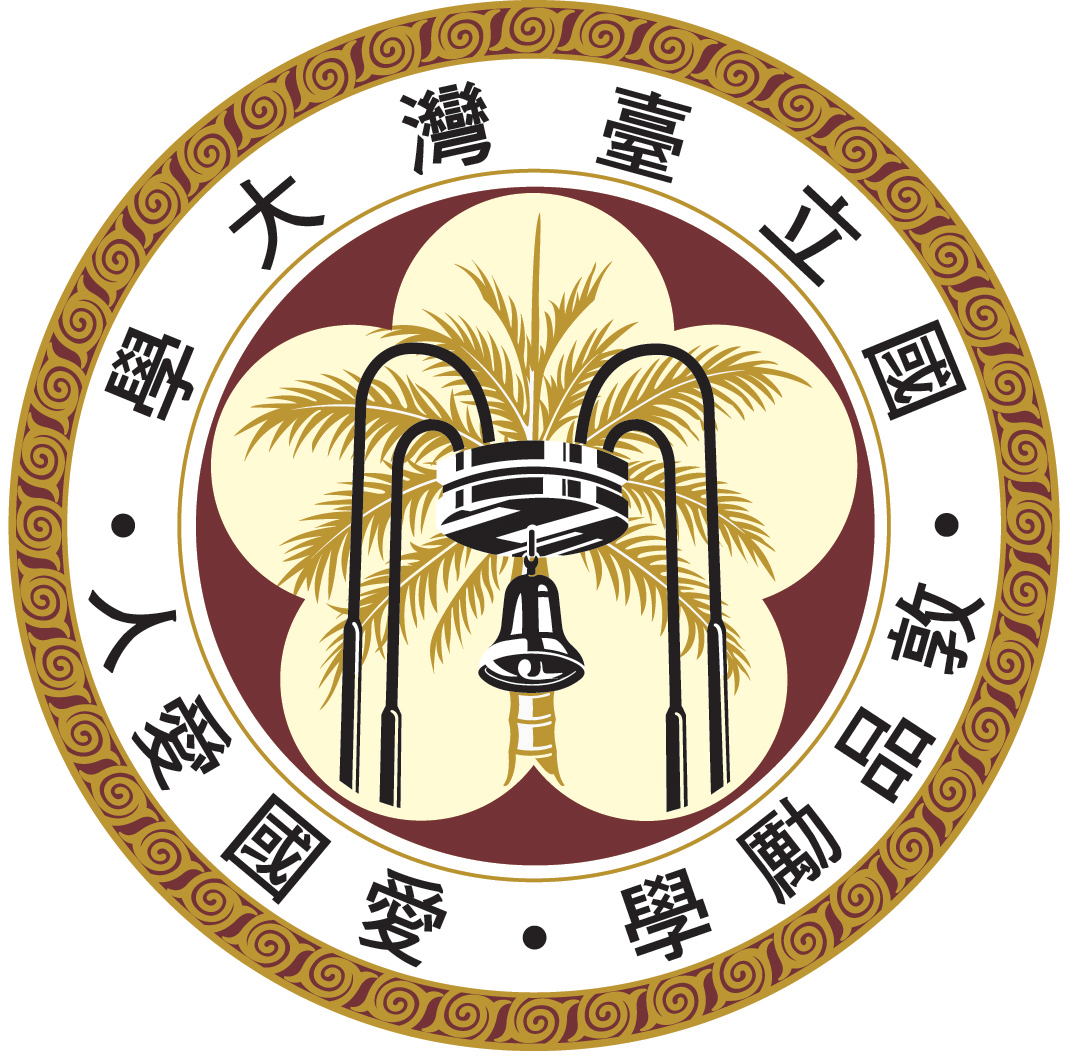I received my PhD from the Georgia Institute of Technology in 2009 with thesis title “Matter-light entanglement with cold atomic ensembles” under the supervision of Prof. Alex Kuzmich. Afterward, I conducted postdoctoral research in Prof. Holger Müller's group at the University of California, Berkeley working one the project of measuring the fine structure constant. In 2013, I joined Nanyang Technological University in Singapore as a Nanyang Assistant Professor and National Research Foundation (NRF) Fellow. I was promoted to Associate Professor with tenure in 2022 and briefly served as the Assistant Chair of the School of Physical and Mathematical Sciences before returning to Taiwan. In 2023, I joined the Department of Physics at National Taiwan University, where I currently serve as an Associate Professor. Additionally, I hold a joint appointment as an Associate Research Fellow at the Institute of Atomic and Molecular Sciences, Academia Sinica.
My group currently work on the ultra-cold atoms in hollow-core fibers, developing it into a stand-alone atom interferometric sensor that doesn’t require any ultra-high vacuum enclosure. The miniaturized and high spatial resolution fiber sensor can, e.g., be embedded in tiny gaps of rocks or soils to measure the gravity anomaly for field tomography and geophysics. It can also be used in measuring the magnetic field of biological samples or materials at short distances. For fundamental physics, such a device will have the sensitivity for testing short-range forces and measuring Newton’s constant G. In quantum memories, fibers offer scalable platforms to increase the optical density of atoms while preserving the temperature of atoms. It will allow for achieving simultaneously high efficiency and long memory time, overcoming the obstacle of free-space memories to significantly improve the performance of the quantum network and quantum repeaters. In the long run, one can envision guiding quantum states of matter in the fiber over long and reconfiguring trajectories, similar to guiding photons.
Recently, we have demonstrated quantum control of atoms in a harmonic oscillator formed by an optical lattice. For example, a Schrödinger cat state interferometer was demonstrated in an optical lattice potential. Moreover, we have realized the rapid generation of squeezed states by sudden changes of the potential of a one-dimensional optical lattice, a textbook example illustrating the nonadiabaticity of quantum mechanics that was never realized experimentally. We overcame the quantum speed limit to generate squeezing three orders of magnitude faster than previous methods. We plan to demonstrate building blocks of continuous-variable quantum information, such as two-mode squeezed state, teleportation, and dense coding. We also plan to extend and combine these results to investigate three-axis gyroscopes based on cold atoms trapped in a three-dimensional optical harmonic potential. In the long run, we aim to miniaturize gyroscopes using quantum particles instead of light while maintaining their sensitivity and flexibility in terms of implementation.
Current research topics include:
•Ultra-cold atoms in hollow-core fiber platforms for quantum sensing and quantum information
•Quantum gas and atom interferometry in optical lattices for quantum sensing and precision measurement
•Continuous variable quantum computation with neutral atoms
•Motion sensing using quantum interference in thermal atomic vapor using electromagnetically induced-transparency
- 2022 Yushan Young Fellow, Ministry of Education, Taiwan
- 2022 2030 Cross-Generation International Outstanding Young Scholars
- 2018 School of Physical and Mathematical Sciences, Nanyang Technological University, Young Researcher Award, Singapore
- 2013 National Research Foundation Fellowship, Singapore
PhD from the Georgia Institute of Technology in 2009 with thesis title “Matter-light entanglement with cold atomic ensembles” under the supervision of Prof. Alex Kuzmich
